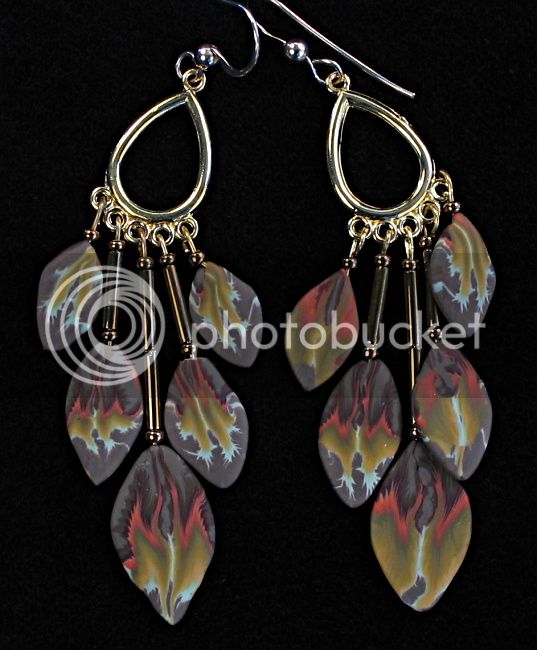bugbear":2a4p0gse said:
No need to use full manual; just use aperture priority to set f20, and let the camera work out the shutter speed.
Far better to use manual exposure setting and focusing IMHO. The issue is that the camera doesn't know what it is looking at - could be a black cat against a white wall or a white cat against a black wall. They might both need the same exposure but the camera, on auto, will give different readings. Same with focusing - always focus on the bit that
you want to come out sharpest.
On exposure, it can be useful to bracket - one at the given reading, then one stop over and one stop under - until you get used to it. As it's digital, it doesn't cost anything to take a few extra shots.
Cheers :wink:
Paul
PS With film cameras (presumably it's similar with digital) it always was the case that exposure meters were calibrated on the assumption that they were reading from a mid-tone. You can buy 18% grey cards that reflect 18% of the light shining on them. On difficult subjects, you can place one of these cards (or something similar) in front of the object and take the exposure reading from that. Useful when the subject has a mixture of very light and very dark areas and you don't know where to take the reading from. However, once you fully understand the principles, it's easy to judge how to take the readings for best results.
 - Rob
- Rob
































